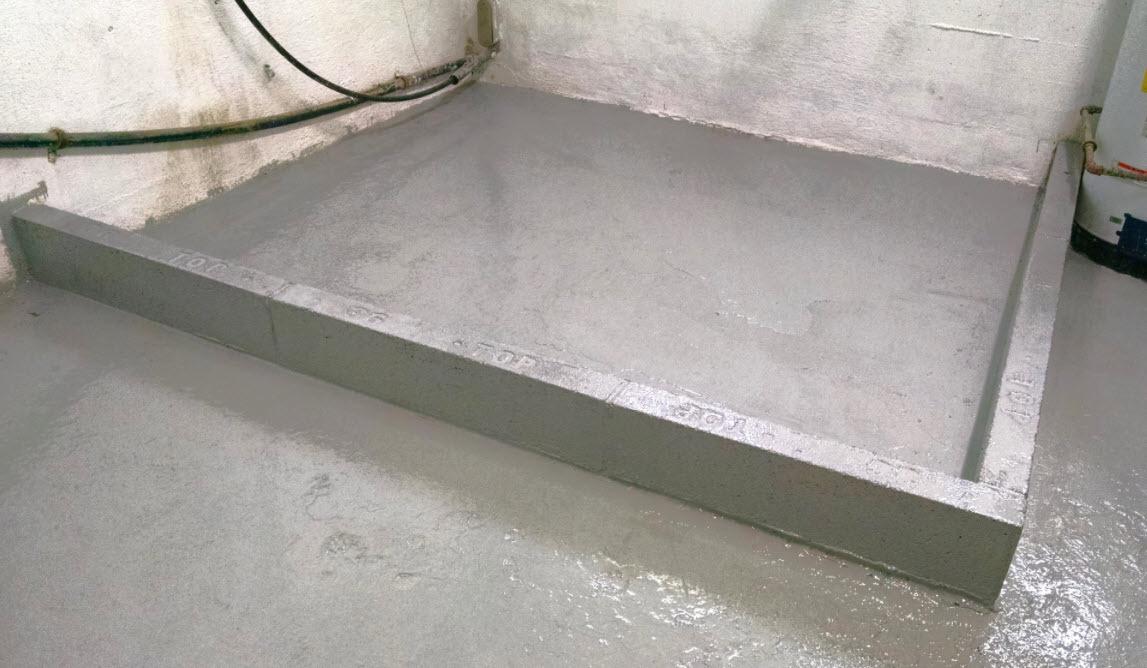Why Floors Matter in Food Processing
In fish processing facilities, floors endure constant exposure to moisture, salt, and heavy equipment. Over time, this leads to cracks, spalling, and sanitation risks. When one such facility faced these challenges, they turned to TIGERSHIELD™ for a long-lasting solution.

Step-by-Step: Applying TIGERSHIELD™ in a Demanding Environment
- Surface Prep:
The damaged concrete was cleaned and prepped using a concrete surface prep kit to ensure proper adhesion. - Priming:
A coat of TigerPrime™ was applied to seal the surface and enhance bonding. - Application:
Using a V-notched squeegee, the team spread TIGERSHIELD™ evenly across the floor. An air release roller followed to eliminate bubbles and ensure a smooth finish. - Curing:
After 12–15 hours, the floor was ready for light traffic—fully cured and chemically resistant.
The Results: Durable, Hygienic, and Built to Last
The transformation was immediate. The seamless surface eliminated harbor points for bacteria, and the high-gloss finish brightened the workspace. Most importantly, the floor now withstands daily washdowns and heavy machinery without degrading.
Built for the Toughest Jobs
Whether it’s a fish processing plant or a technical lab, TIGERSHIELD™ proves that industrial flooring can be both functional and flawless. When performance matters, this epoxy coating delivers strength you can stand on.
